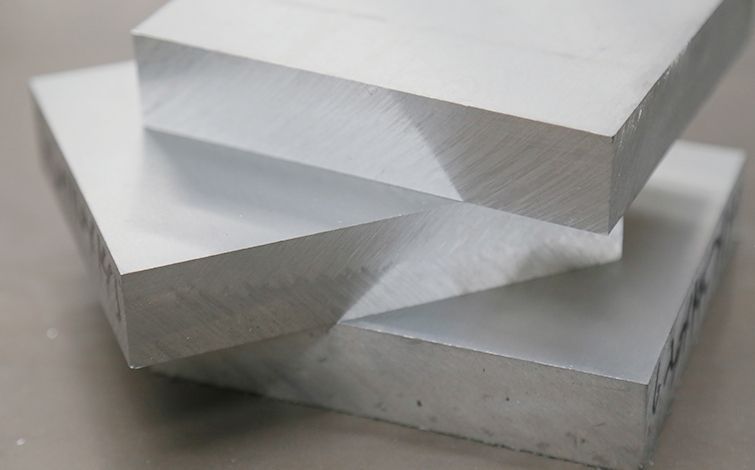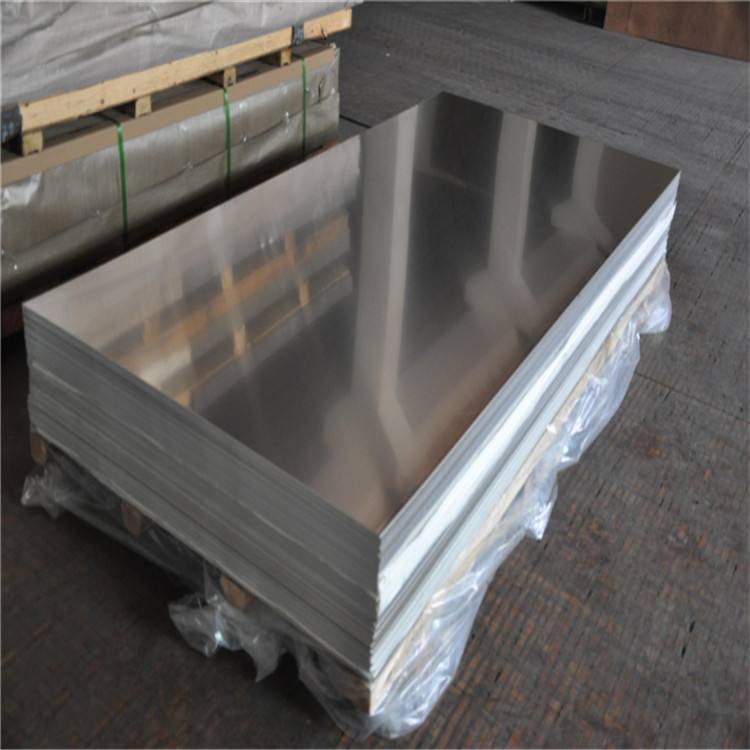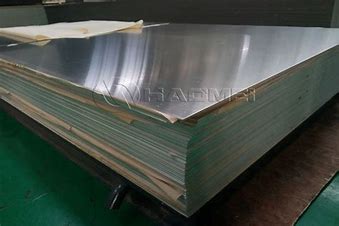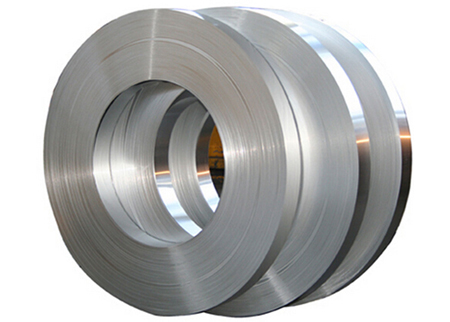



First of all, aluminium alloys have the advantages of light weight, corrosion resistance, good processing properties, high thermal conductivity and good electrical conductivity. However, aluminium alloy itself also has many disadvantages and weaknesses.

1. The hardness of aluminium is relatively low and also the wear resistance is relatively poor.
2. Aluminium has a high volume shrinkage during the solidification process.
3. Aluminium has a high coefficient of expansion.
4. Aluminium has a relatively low melting point and cannot be used at temperatures above 200°C. Therefore, its use at high temperatures is limited.
5. The modulus of elasticity of aluminium is only 1/3 that of steel.
6. The potential of aluminium is very negative, so when aluminium comes into contact with a dissimilar metal, as an anode, it can easily cause serious galvanic corrosion.
The anodising of aluminium is intended to overcome the above-mentioned disadvantages of aluminium, mainly defects in its surface properties, and thus to expand the range of applications and service life of aluminium. Essentially, it is to improve the protective, decorative and functional properties of aluminium alloys.
Anodic oxidation protection mainly refers to the prevention of corrosion and the protection of the appearance of aluminium. Decorative mainly refers to improving the quality of its appearance from an aesthetic point of view, such as improving the metallic lustre, colouring various colours, etc. Functionality refers to increasing surface hardness, wear resistance, electrical insulation, etc. The porous nature of anodised films can also be used to give the surface electromagnetic and optoelectronic functions.
* Thank you for your inquiry. Please provide your business needs information so that we can better serve you.
This information can help us assign the most suitable person to solve your problem. We will give you feedback within 1-2 working days.
Related Blog







